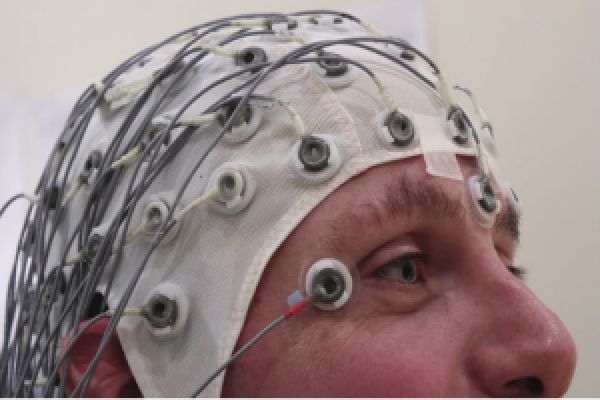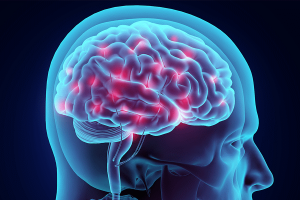A.I. algorithms study brain waves to predict seizures
Researchers at the University of Melbourne and IBM Research Australia have taken a big step in developing the ability to predict seizures triggered by epilepsy.
Researchers at the University of Melbourne and IBM Research Australia have taken a big step in developing the ability to predict seizures triggered by epilepsy. Using deep learning, a brain-inspired machine learning technique, the system automatically analyzes the electrical activity of a patient’s brain, improving seizure prediction by 69 percent, and giving patients time to recognize the onset of an episode.
Artificial intelligence algorithms are increasingly being used in healthcare, from crunching chemical combinations to discovering new drugs to offering advice on dieting. But in most of these cases, the algorithms are best used in combination with medical professionals, giving human decision-makers insight to make better decisions.
“Epileptic seizure monitoring and prediction is a perfect use case for demonstrating the potential of this,” Stefan Harrer, an IBM Research Australia staff member who worked on the recent study, told. “[It has] huge amounts of noisy, unstructured data that clinicians were previously required to analyze manually (with many details on EEG data incredibly difficult for them to interpret or even see and real-time analysis virtually impossible). A.I. has shown that EEG data can now be analyzed and could be applied in a fully automatic, patient-specific mobile system.”
The system developed by Harrer and his team was trained on EEG data previously collected from multiple patients over several years during which seizures occurred. By comparing seizure data to a dataset of patients with normal brain activity, when a seizure hadn’t yet occurred, the system was able to identify recurring patterns that signaled the onset of an episode. They system can’t yet be generalized since the patterns are patient-specific, but the study demonstrates how the right data can aid a patient.
“Our hope is that this could inform the development of a wearable seizure warning system that is specific to an individual patient, and could alert them via text message or even a fitbit-style feedback loop,” Harrer said. “It could also one day be integrated with other systems to prevent or treat seizures at the point of alert.”
Moving forward the researchers want to be able to collect this data from outside the skull, making the process less invasive.
Resource: Digital trends





Related Posts